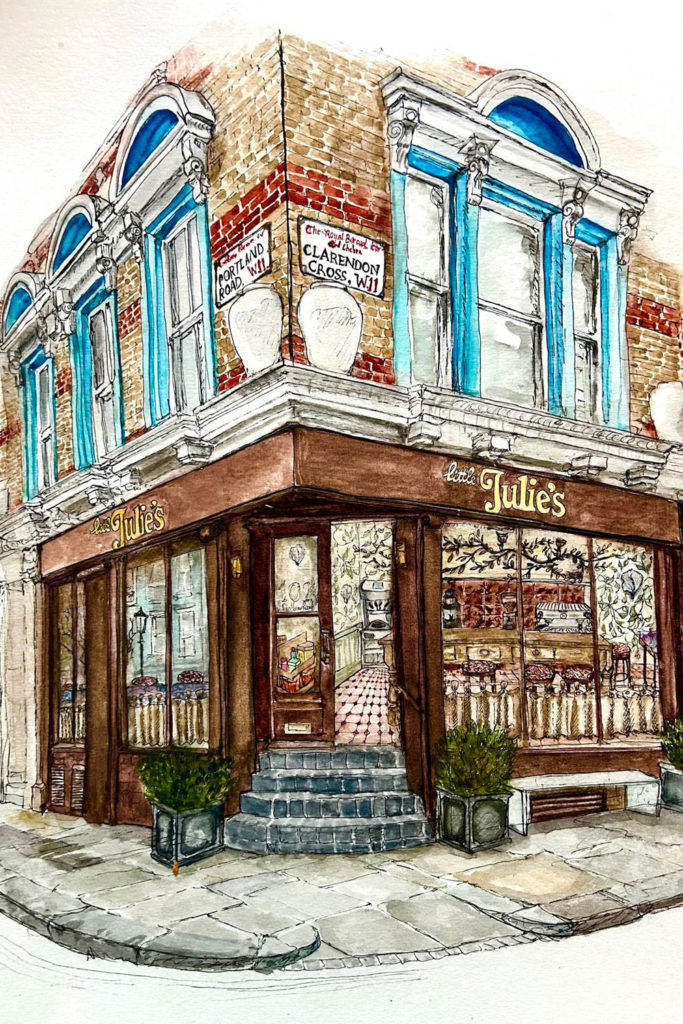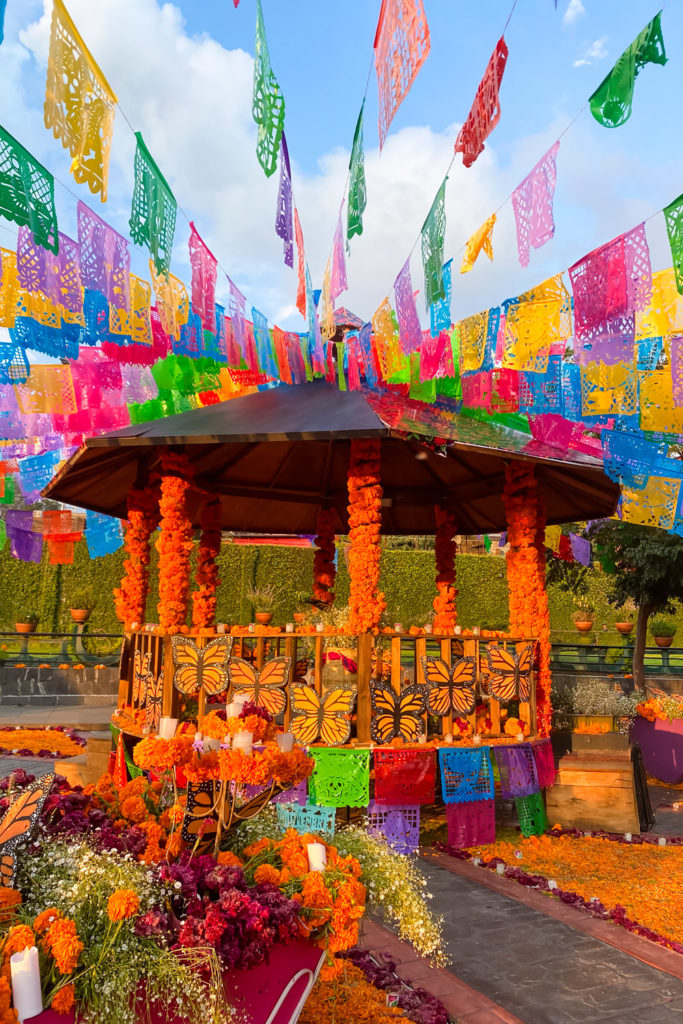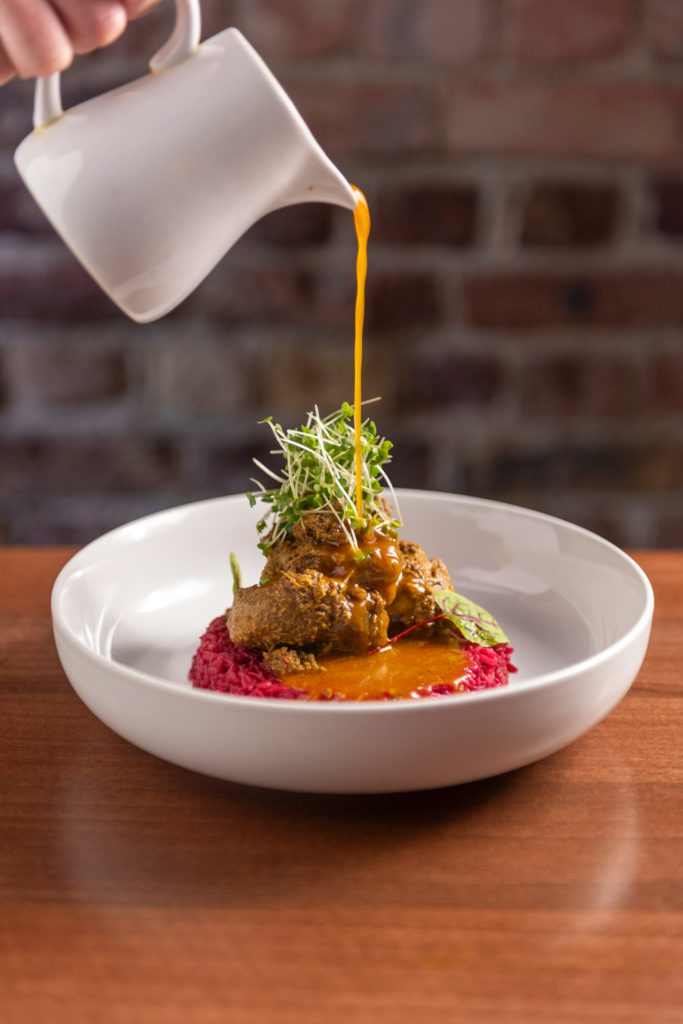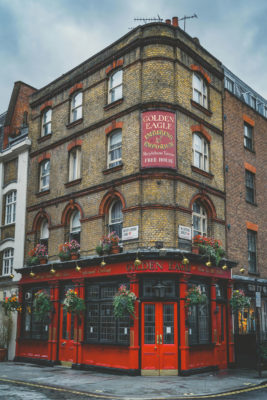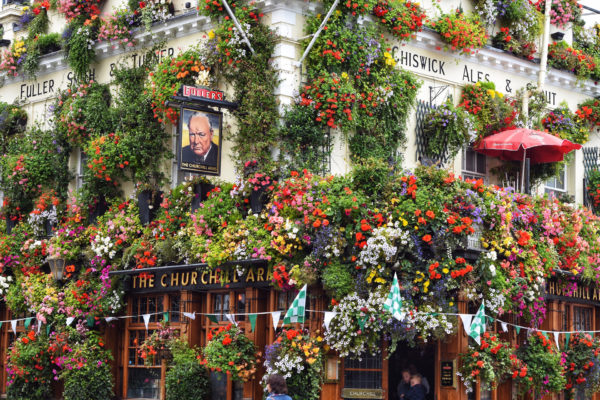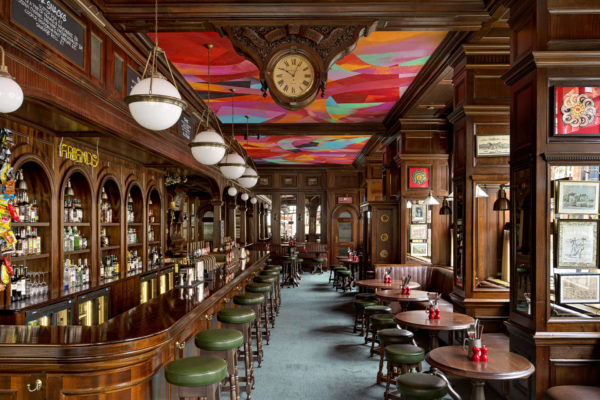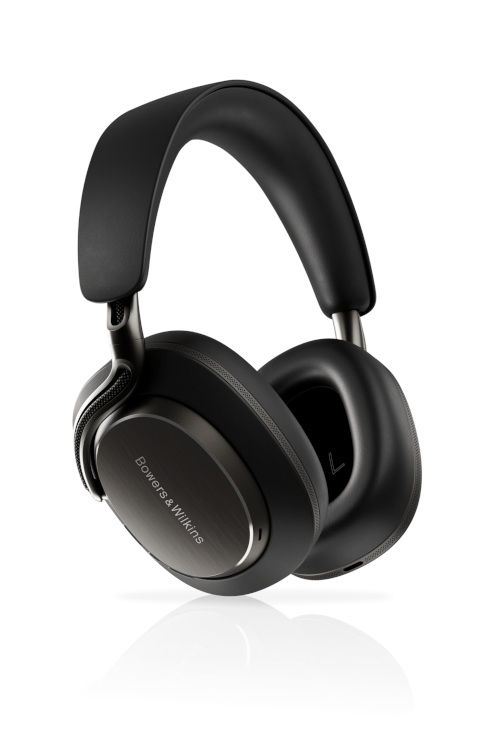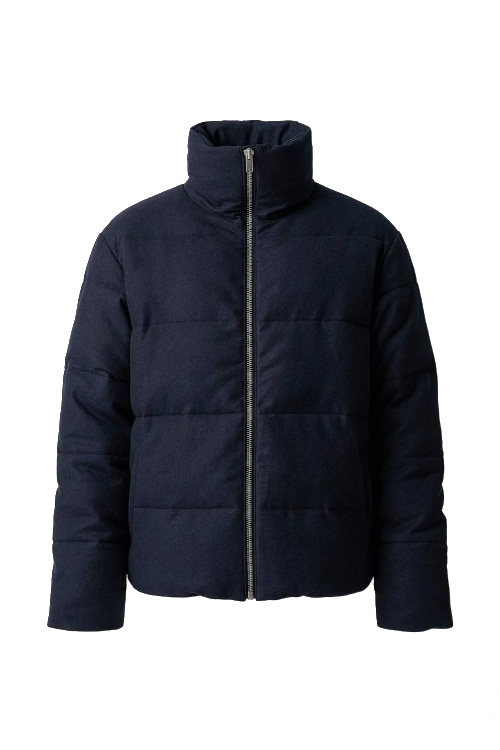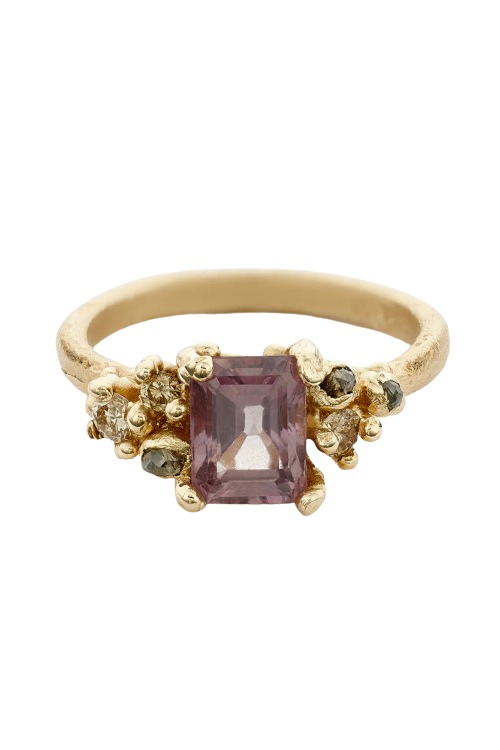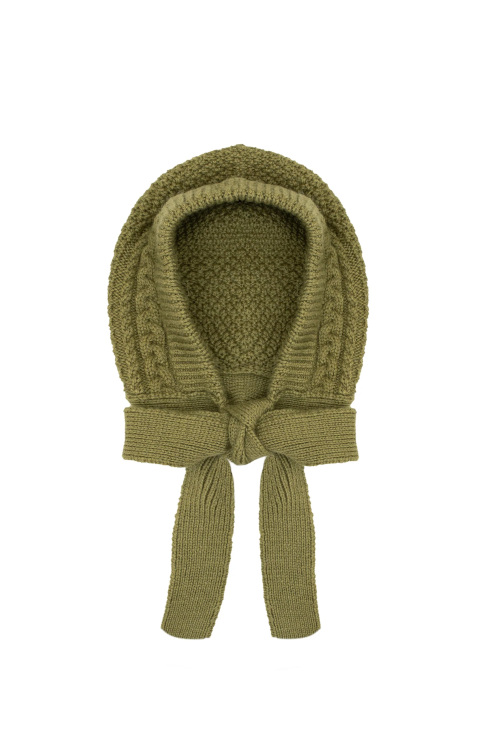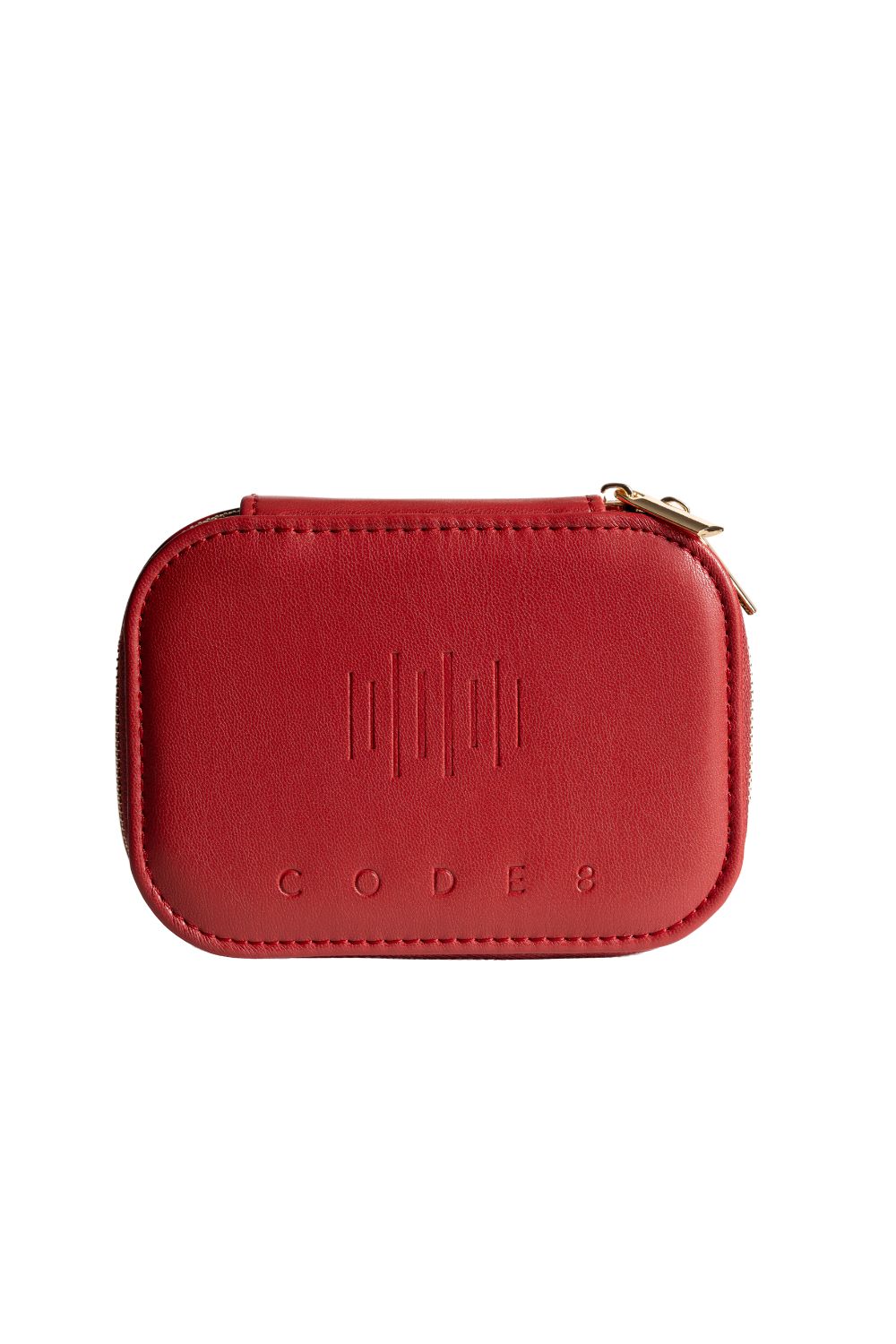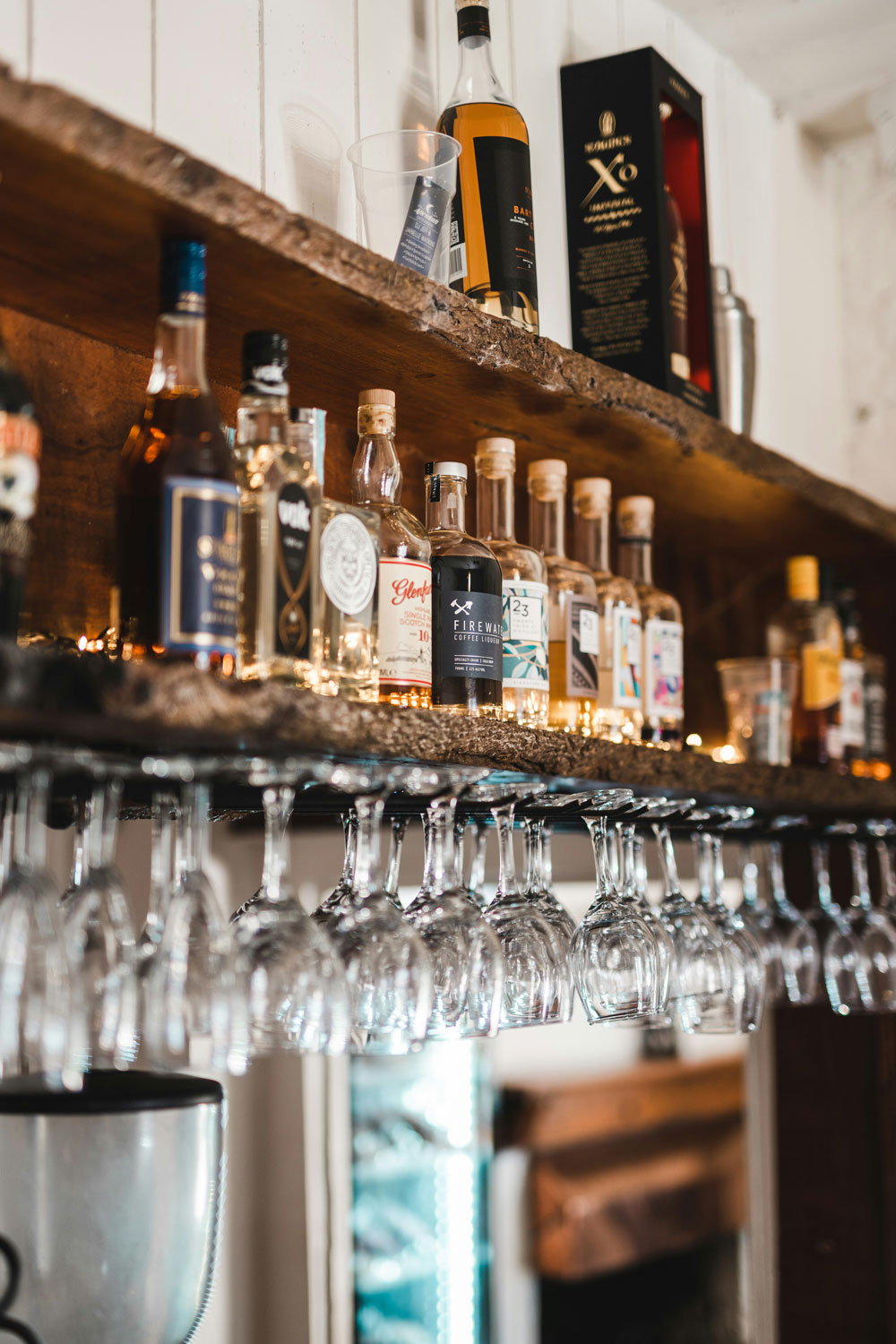
Will Surge Pricing Ruin Pubs For Good?
By
1 year ago
Unhappy hour: inside the Uber-style dynamic pricing controversy
If you’re heading to the Soho branch of O’Neills for a late-night drink, be prepared for a bigger bill than expected, as the Irish pub has adopted surge pricing, meaning later into the evening you could be paying nearly £10 for a pint.
During the day, the Irish pub – located on Wardour Street – charges £7.40 for a pint of Brewdog IPA, but after 10pm, it rises to £9.40. Bottles of Budweiser, too, increase by £2 to £8.05 after 10pm, with similar price hikes expected for Guinness (£6.35 a pint before the cutoff). Non-alcoholic drinks aren’t exempt either: even tonic water costs £1 more after 10pm.
Price changes aren’t reflected on the menu, but a piece of paper on the bar states: ‘We operate a variable price list in this venue.’ Unsurprisingly, this has sparked a backlash, so why has O’Neills implemented such a controversial policy?
Why Do Pubs Implement Surge Pricing?
Although it has only been picked up this week, Mitchells & Butlers, the group that operates the venue – alongside 1,700 pubs and restaurants across the country – says the policy has been in place for around two years. The group said this came after a request from local council ‘that we increase prices after 10pm to a level generally in line with the late-night market’.
Its statement said: ‘Most hospitality businesses and retailers deploy a form of dynamic pricing, but this means that prices can both rise as well as fall through tactical discounts being offered in the form of time-limited promotions and fixed price menus.’
However, a spokesman from Westminster council said a venue’s pricing was ‘entirely up to them’, adding that the council ‘does not require businesses to charge different prices for alcohol at different times when we grant licences’.
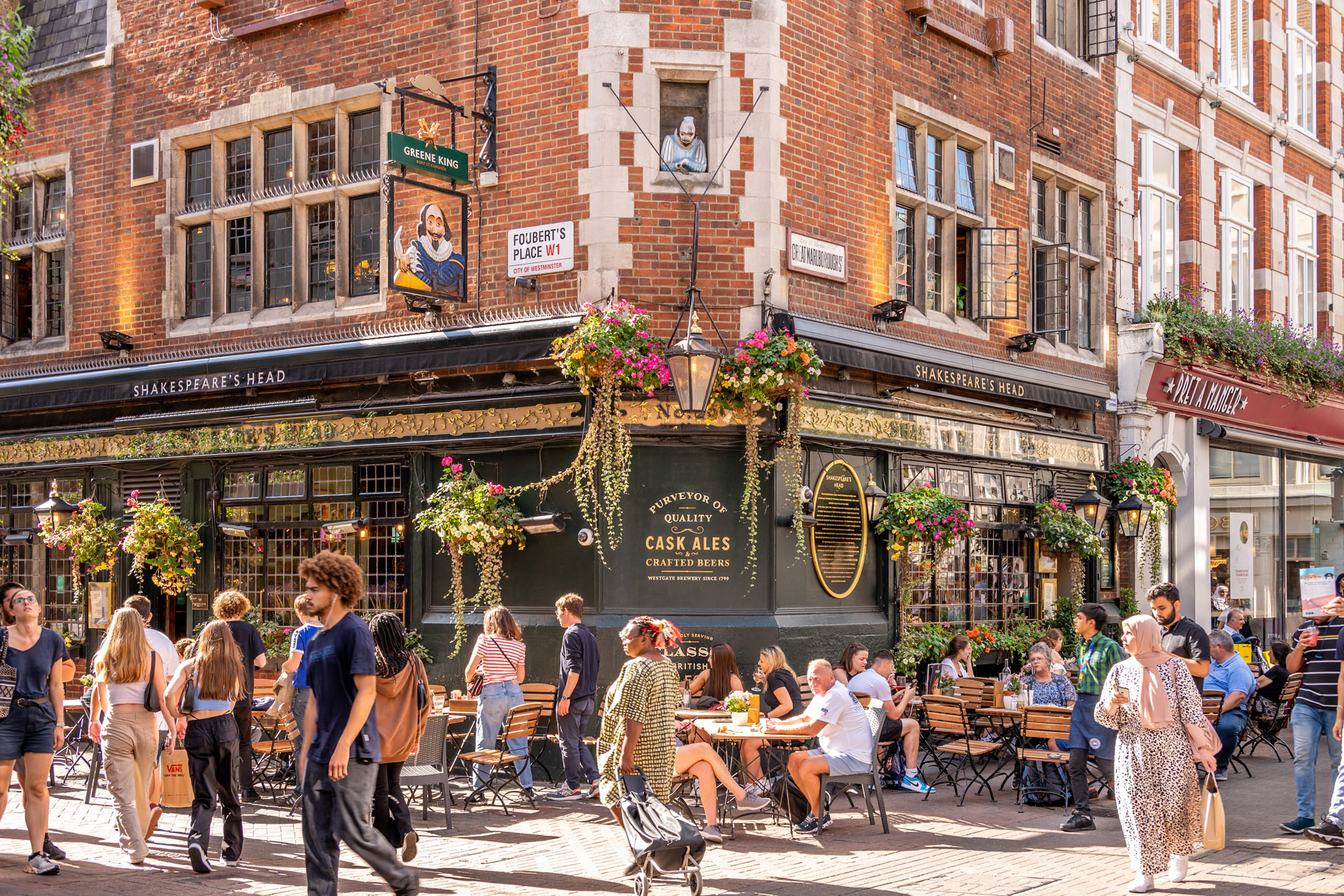
Getty Images
O’Neills isn’t the only pub introducing this kind of policy. Last year, Britain’s largest pub group Stonegate Group – which owns chains including the Slug & Lettuce – said it was raising prices at 800 of its venues during peak times. The company argued that busier pubs incur extra costs, like more bar staff and bouncers on the door.
Dynamic pricing is sparking controversy in the music industry too. Earlier this year, Oasis fans looking to buy tickets for their reunion tour were charged more than double the original face value, due to high demand. And let’s not forget the Taylor Swift Ticketmaster fiasco, which saw US Swifties paying extortionate prices for a spot at the Eras tour.
Commenting on the Stonegate headlines last year, CAMRA (Campaign For Real Ale) CEO Tom Stainer said: ‘We know pubs and brewers are having a difficult time at the moment, but we don’t think an extra charge penalising customers that want to support the industry is the right solution. Our fear is that it could convince people to stay away.’
He could be right: the general consensus among pub and concert goers is that dynamic pricing is unfair. According to a YouGov poll last year about music events, 71 percent of Brits said they were opposed to dynamic ticket pricing, and Londoners have been widely expressing their disapproval regarding O’Neills on social media. So will pub chiefs listen – or could surge pricing helm the end of pub culture as we know it?

